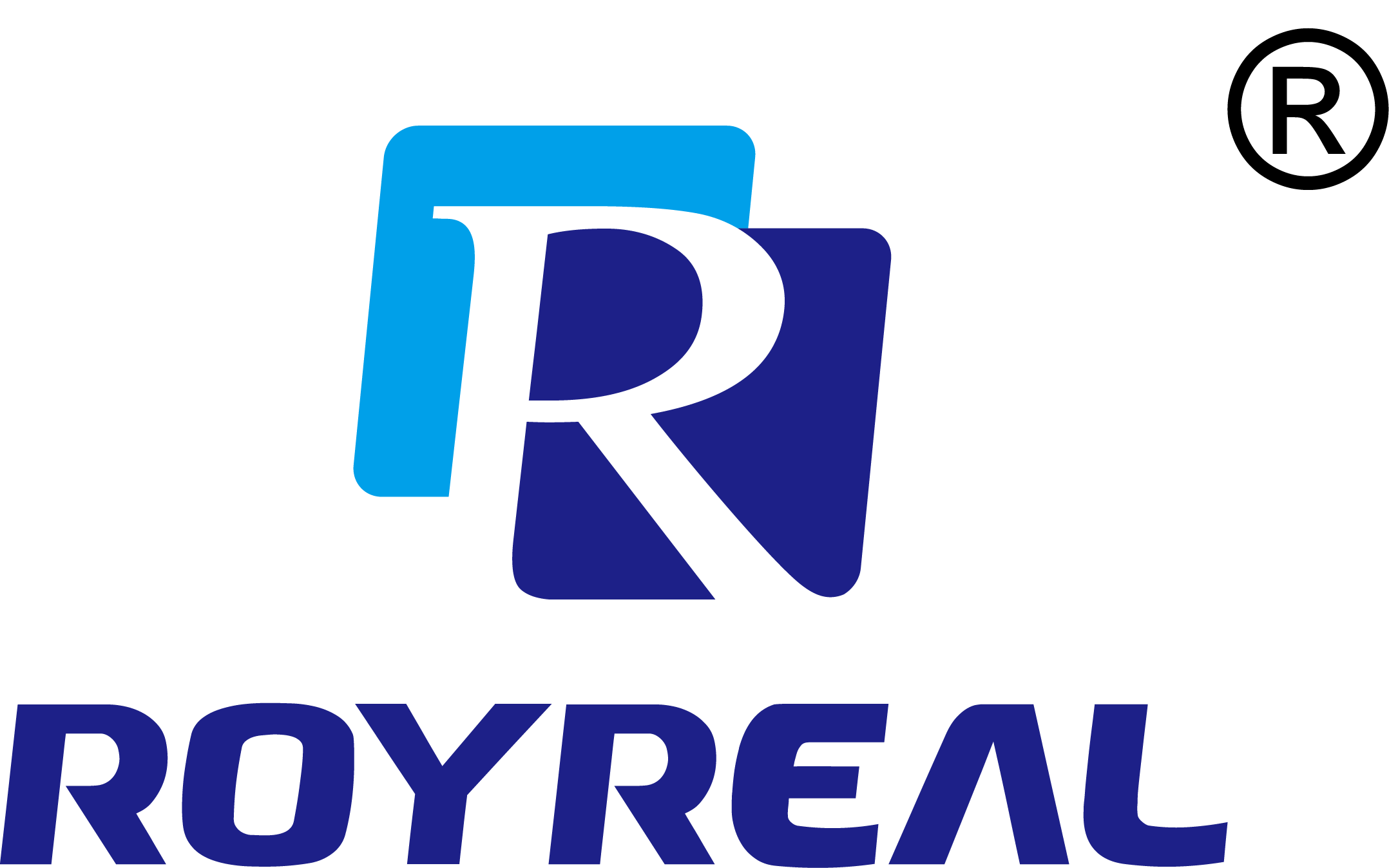Wet Gas Meter Calibration: Ensuring Accurate Measurement in Instrumentation Calibration
Category: Industry News
Time:2024-12-09
Introduction:
Wet gas meter calibration plays a crucial role in the field of instrumentation calibration, particularly in the realm of verifying accuracy in measuring gas flow rates. This essential process helps industries maintain precision and reliability in their operations. In this article, we delve into the significance of wet gas meter calibration, its process, and its impacts across various industries.
Understanding Wet Gas Meter Calibration:
Wet gas meters are widely used in industries such as oil and gas, chemical, and energy, where accurate measurement of gas flow rates is vital. Calibration of these meters ensures the reliability and precision of the measurements they provide. The calibration process involves subjecting the wet gas meter to controlled conditions, precisely measuring the gas flow rates at various levels, and comparing them with the known reference standards.
The Significance of Calibration:
Accurate gas flow measurement is critical for industries as it impacts key factors such as production efficiency, safety, and environmental compliance. Calibrating wet gas meters helps identify any potential inaccuracies or deviations from expected performance. By calibrating these instruments, industries can ensure that their measurements align with industry standards, enabling them to make informed decisions based on accurate data.
The Calibration Process:
Wet gas meter calibration typically involves several steps. Initially, the meter is cleaned to eliminate any residue or contaminants that might affect its performance. Next, the meter is connected to a controlled gas flow system, enabling precise adjustment of flow rates. The meter is then tested under various gas flow conditions, with measurements taken at each level. These measurements are compared with reference standards, and any deviations are recorded and analyzed.
Impacts on Industries:
Wet gas meter calibration has wide-ranging impacts on industries reliant on accurate gas flow measurements. In the oil and gas sector, reliable meter calibration ensures proper allocation of production volumes, billing accuracy, and adherence to regulatory requirements. Chemical industries rely on precise gas flow measurements for process optimization, quality control, and safety. Energy production and distribution sectors require accurate measurements for efficient resource management and revenue tracking.
Conclusion:
Wet gas meter calibration plays a pivotal role in maintaining accurate gas flow measurements across diverse industries. By calibrating these instruments, industries can ensure reliable data, enabling them to optimize processes, enhance safety, and meet regulatory requirements. With the ever-increasing demand for precise measurement, wet gas meter calibration remains an essential aspect of instrumentation calibration, contributing to the smooth functioning of industries worldwide.
Keywords:
 EN
EN RU
RU SP
SP
